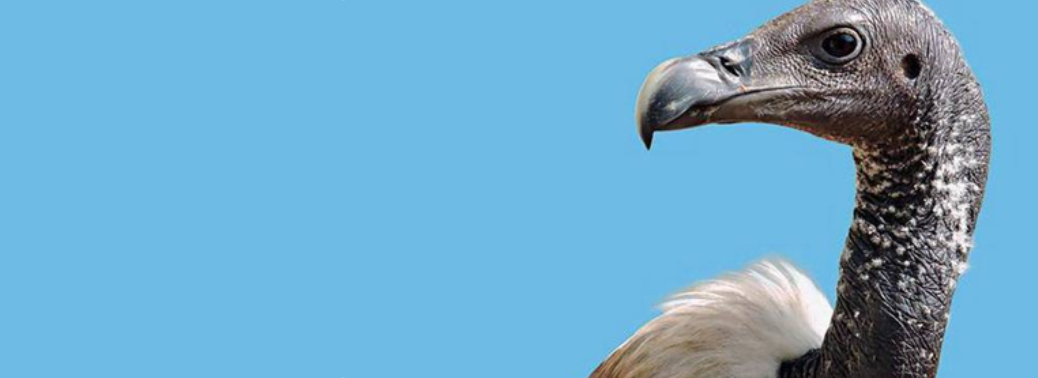VULTURE CULTURE: HOW THE BIRD WAS SAVED FROM EXTINCTION
16, Sep 2019

Prelims level : Environment- Biodiversity
Mains level : GS-III- Conservation, Environmental Pollution and Degradation, Environmental Impact Assessment.
Why in News?
- The commendable role played by the Vulture Care Centres (VCC) in saving the endangered vulture species has brought the VCC in limelight.
Growth of VCC:
- In the late 1990s, when the population of the vultures in the country had begun to decline sharply, few White-backed vulture was rescued from Keoladeo National Park in Rajasthan, where vultures were dying at an alarming rate.
- To study the cause of deaths of vultures, a Vulture Care Centre (VCC) was set up at Pinjore, Haryana. Starting with just a few vultures, the VCC, until then the sole facility for conservation of vultures in the country, has come a long way in the past two decades.
- At present there are nine Vulture Conservation and Breeding Centres (VCBC) in India, of which three are directly administered by Bombay Natural History Society (BNHS).
- The objective of the VCBCs was not only to look after the vultures and breed them in captivity, but also to release them into the wild.
- The first objective of the VCBC was to produce a few hundred pairs of each of the three species of the endangered vultures.
Endangered Status:
- The three species of vultures majorly found in India and their status in IUCN list are
| S.No | VULTURE SPECIES | IUCN STATUS |
|---|---|---|
| 1 | The White-backed Vulture | Critically Endangered |
| 2 | The Long-billed Vulture | Critically Endangered |
| 3 | The Slender-billed vulture | Critically Endangered |
Reason Behind the Extinction:
- The major reason behind the vulture population getting nearly wiped out was the drug Diclofenac, found in the carcass of cattle the vultures fed on.
- The drug, whose veterinary use was banned in 2008, was commonly administered to cattle to treat inflammation.
Way Ahead:
- Apart from the establishment of VCBCs and getting Diclofenac banned, it was imperative to manage our carcass dumps and make sure that poisoned carcasses are not dumped for the vultures to feed on.
- The officials in the forest department were also advised that they should not burn and bury animal carcasses because vultures have a strong preference for wild animals. These days the forest department does it to keep poachers away. But the practice is denying food to vultures.
- There should be also emphasis on creating awareness and on creating safe zones for vultures in places where there is an existing vulture population. So far nine states have been undertaken programmes to create safe habitats for vultures.
About BNHS:
- The Bombay Natural History Society, founded in 1883, is one of the largest non-governmental organisations in India engaged in conservation and biodiversity research.
- It supports many research efforts through grants and publishes the Journal of the Bombay Natural History Society.
- BNHS is the partner of Bird Life International in India. It has been designated as a ‘Scientific and Industrial Research Organisation’ by the Department of Science and Technology.






